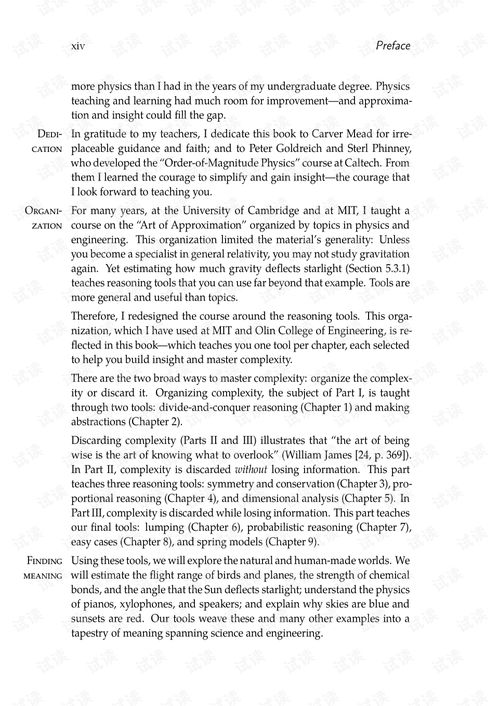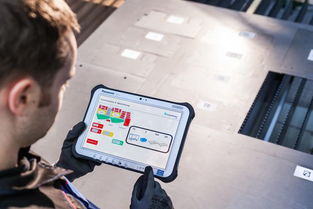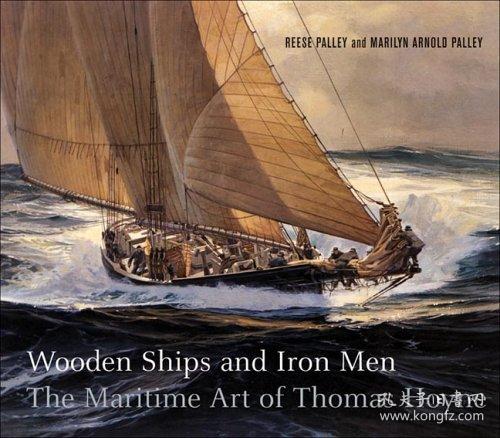Content:
In the serene beauty of a flowing river, there lies a world of opportunities for anglers to test their skills and patience. Whether you are a seasoned fisherman or a beginner looking to hone your fishing techniques, understanding how to fish in a flowing river can significantly enhance your chances of a successful catch. In this article, we will delve into the intricacies of fishing in a flowing river and provide you with a detailed guide, complete with a valuable tutorial video.
Understanding the Flowing River
Before we dive into the fishing techniques, it's crucial to understand the dynamics of a flowing river. Rivers are characterized by their constant movement, which can make fishing more challenging but also more rewarding. The flow of the water can affect the behavior of fish, the distribution of bait, and the presentation of your lure or bait.

Choosing the Right Equipment
The first step in mastering the art of fishing in a flowing river is to choose the right equipment. Here's what you'll need:
Rod and Reel: A medium-heavy action rod with a spinning reel is ideal for flowing rivers. The rod should be long enough to handle the currents and strong enough to land a fish.
Line: Use a monofilament line with a breaking strength of 8 to 12 pounds. This will provide enough strength to handle the currents and the weight of the fish.
Hooks: Choose hooks that match the size of the bait you plan to use. For larger fish, go for larger hooks.
Bait or Lures: Live bait, such as worms or minnows, can be effective, but artificial lures like spinners, jigs, or crankbaits can also work well.
Fishing Techniques for a Flowing River
Locate the Fish: Observe the river's flow and look for areas where the water slows down, such as behind rocks, logs, or in pools. These areas are often prime spots for fish to rest and feed.
Cast Techniques: In a flowing river, casting techniques are crucial. Aim to cast upstream and let the current carry your bait or lure to the fish. This mimics the natural movement of food in the river.
Adjusting Your Presentation: Since the water is moving, you may need to adjust your retrieve speed. For slower currents, a slower retrieve can be more effective, while in faster currents, a faster retrieve might be necessary.
Patience is Key: Fishing in a flowing river requires patience. Fish may take longer to respond to your bait or lure, so be prepared to wait.
Safety First: Always prioritize safety when fishing in a river. Wear appropriate footwear and be aware of your surroundings to avoid accidents.
The Tutorial Video
To help you visualize and understand these techniques, we have compiled a comprehensive tutorial video. This video will guide you through the following:
Equipment Setup: A step-by-step guide on how to set up your rod, reel, and line for optimal performance in a flowing river.
Fishing Techniques: Demonstrations of various casting techniques, how to adjust your retrieve speed, and how to read the river's flow.
Safety Tips: Essential safety guidelines to ensure a safe and enjoyable fishing experience.
Real-Life Examples: Actual fishing scenarios where the techniques are applied in a flowing river environment.
By watching this tutorial video, you will gain a deeper understanding of how to fish effectively in a flowing river and increase your chances of catching fish.
In conclusion, fishing in a flowing river can be a challenging yet rewarding experience. By understanding the dynamics of the river, choosing the right equipment, and mastering the necessary techniques, you can turn your fishing trips into memorable and successful outings. So, grab your gear, watch the tutorial video, and get ready to cast your line into the flowing river and enjoy the tranquility and thrill of the catch. Happy fishing!












